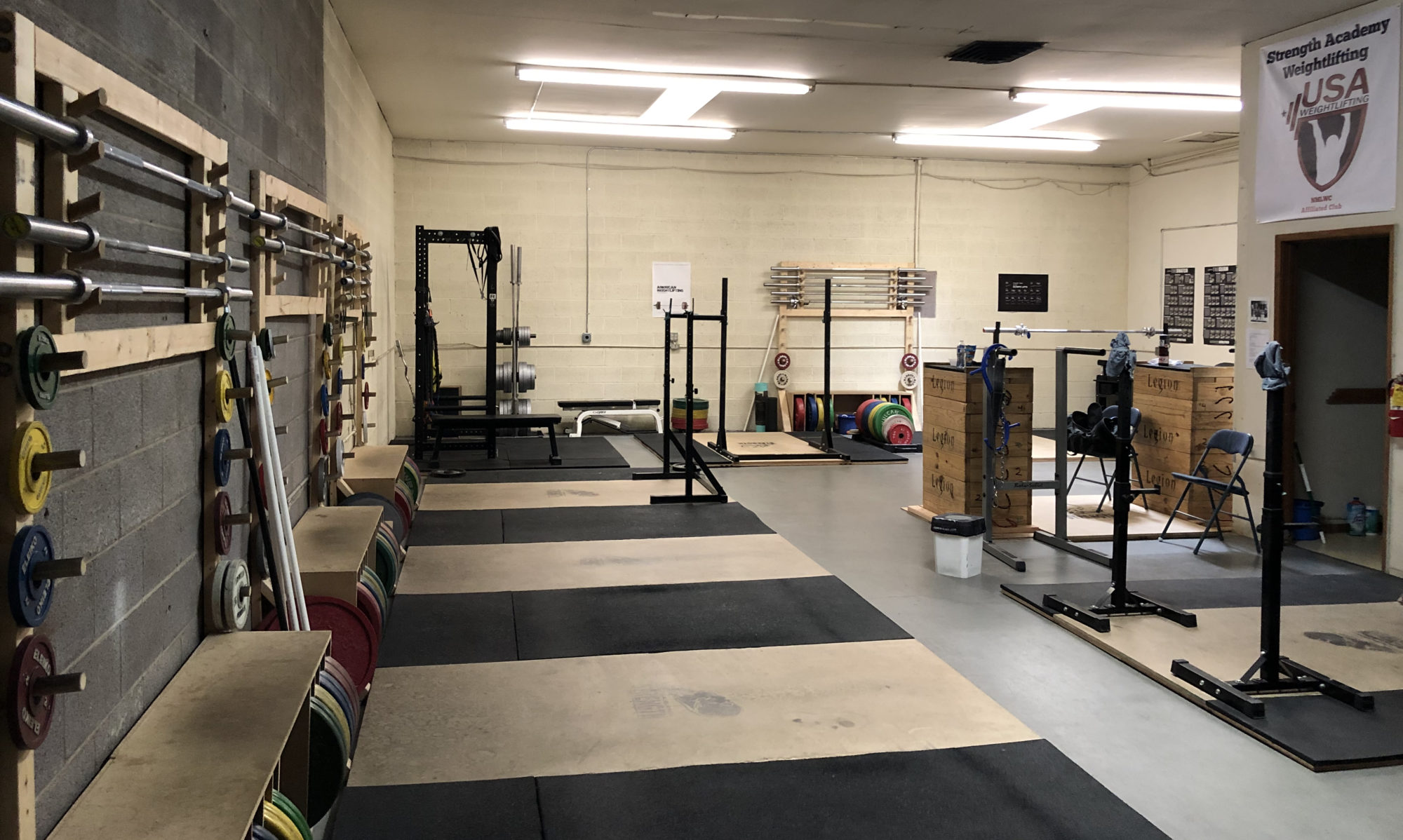People have a tendency to divide things into categories, it just makes the world around us more manageable. Most of the time, these categories are pairs of opposing perceptions. Good and Evil, Yin and Yang, Logical and Creative, Anarchy and Order. The brain itself is divided into two hemispheres, one geared toward the logical and systematic, the other toward the creative and chaotic. The place that exists between those categories is what people refer to as balance. Balance is what most people strive for, in almost any category you can think of. Order in a good sense creates rules, laws, structure, and a system to thrive in. Order as a downside is strict routine, absolute uniformity, and paperwork. Chaos in a good sense is creating a piece of art, visiting a new place, trying a new food, learning, growth. The downside of Chaos is uncertainty, the darkness in an unlit parking lot, the wreck on the side of the road, drinking too much coffee before heavy squats. On that note, let’s bring Weightlifting into the picture.
Weightlifting requires balance. Not just physical balance, but mental and emotional balance as well. You must find the place between Anarchy and Order and plant your feet on each side. Grayson has this cue for the Split Jerk, “50/50.” When he says it, he means to have equal balance between both feet, front and back, both legs bearing weight in an even manner. I think this is applicable for the entirety of Weightlifting, not just the Split Jerk. On one side you have Order. Order is following the program, at the prescribed percentages, reps, and sets, predictability. Order is doing the accessory work and stretching. Order is sleeping and eating enough to optimize performance. Too much order will cause boredom, burnout, and the look that assembly line workers used to have in the Industrial Revolution. On the other side is Anarchy. Anarchy isn’t really in our control, but when a small portion is, it’s living on the wild side, YOLO (You Only Lift Once), and doing handstands in a truck stop bathroom (probably for Instagram). Anarchy is adding a little more weight than was prescribed, going for an extra rep, full effort maxing out, testing your limits. Anarchy at the far end is losing all emotional control after lifts don’t go the way you want them to, hoping that pain in (name a body part) doesn’t turn into an injury, jumping straight to a working weight without warming up, taking 4 scoops of pre-workout.
Weightlifting requires you to ride the line if you want to know what your potential is. Too much Order and you’ll be scared to try a heavier weight, because Order brings comfort, and you won’t grow much being comfortable. With just enough Order, you will be disciplined enough to keep yourself calm when you miss, get enough sleep and eat what you need to, and make sure there is enough time for accessory work, stretching, and recovery. Too much Anarchy and you’ll end up in one of those fitness fails videos, because Anarchy is unpredictable, and what you don’t know (or aren’t aware of) can be really dangerous. With just enough Anarchy, you can push out fear and doubt with an appropriate bit of reckless abandon, and you can test yourself maximally. I can’t tell you where that line is for you, but I’ll tell you how I found mine. When I come into the gym to train, I know what I need to do already, I’ve already looked at what’s in store for me. I know what numbers I am supposed to hit for the amount of reps and sets, and how tired I am going to be once I’m done. I’ve already done the entire training session in my mind. I follow a routine for my warmup, and my body knows when I start that warmup, I am going to be putting heavy things over my head. That is Order. Sometimes things don’t go as planned, or I have to make adjustments. I could have gotten less sleep than I thought I needed, or maybe I ate too many slices of pizza the night before. The percentage I was supposed to work up to felt too easy or too heavy, I’ll round up or round down. I have a little pain in my hip and shoulder, I make a choice to keep going or allow myself some rest. This is the most weight I’ve ever attempted on this lift, PR time, I’ve got this. That is Anarchy. This applies emotionally as well. Too much Order in your emotions and you won’t know when to let loose the rage and fury that sets in when someone is walking really slow in front of you, you’ll just Clark the bar and tell yourself it was too heavy to get under it fast enough. Too much Anarchy and you’ll punch a wall or end up crying in a corner. Find the line. The line in which lies a calm and controlled lift executed with the ferocity of a mother pulling a car off her child trapped underneath. Lift between Anarchy and Order.

